InterviewSolution
Saved Bookmarks
| 1. |
Let x^(2) - ( m - 3) x + m = 0 ( m in R) be a quadratic equation. Find the value of m for which the roots are (i) real and distinct (ii) equal (iii) not real (iv) oppsite in sing (v) equal in magnitude but opposite in sing (vi) positive (vii) negative (viii) such that at least one ispositive (ix) one root is smaller than 2 and the other root is greater then 2 (x) both the roots are grater then 2 (xi)both the roots are smaller then 2 (xii) exactly one root lies in the interval ( 1, 2) (xiii) both the roots lie in the interval (1, 2) (xvi) at least one root lies in the interval (1, 2) (xv) one root is greater than 2 and the other root is smaller than 1 |
|
Answer» Solution :Let`f(X)= x^(2)- m ( m - 3) x + m = 0` (i) Both the roots are real and DISTINCT. So, `D gt`0 `rArr(m - 3)^(2) - 4m gt ` 0 or`m^(2) - 10m + 9 gt`0 or`(m -1) (m - 9) gt` 0 `rArrm in (-infty, 1 ) cup (9, infty)` 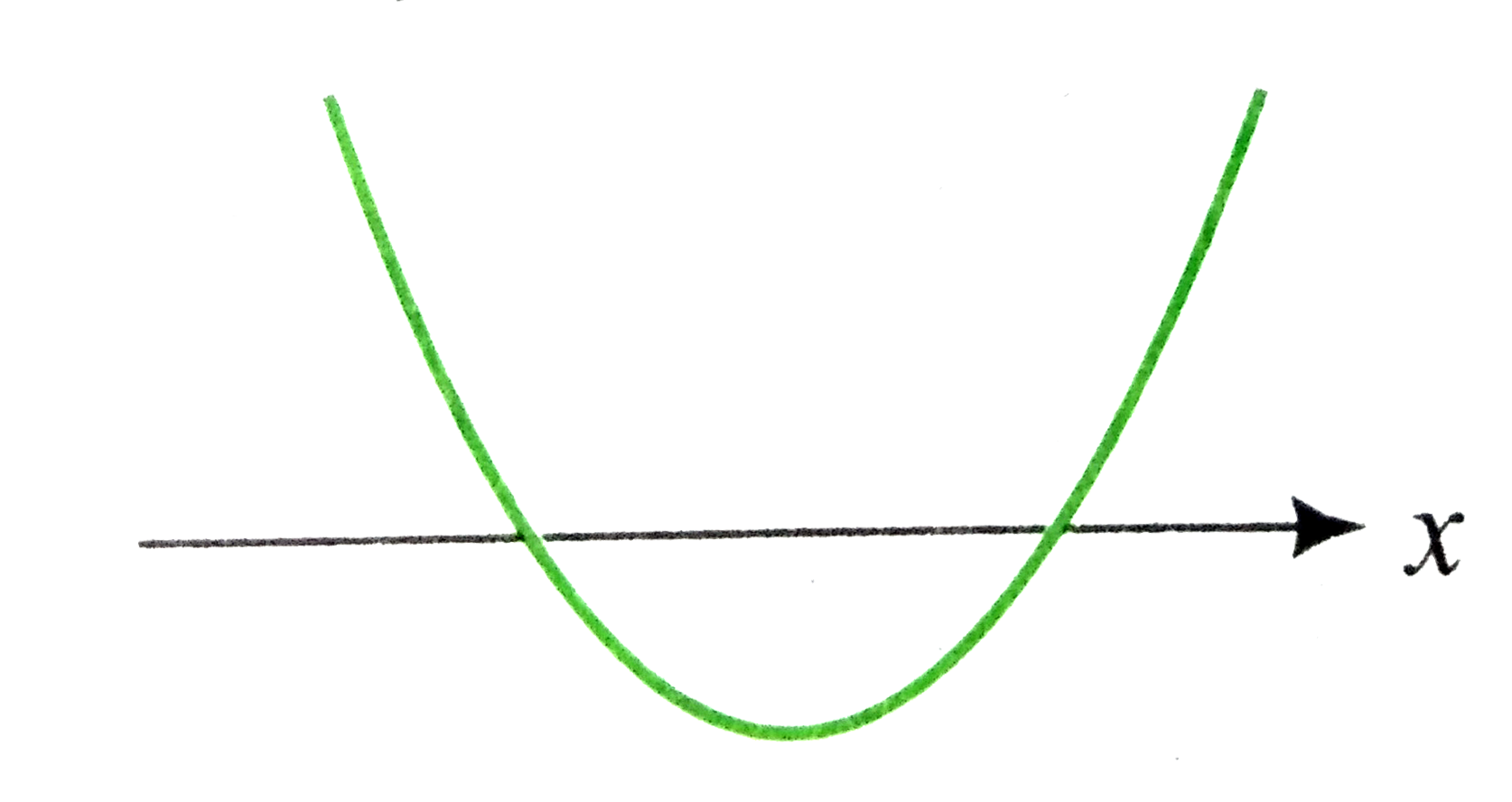 (ii) Both the roots are equal. So `D= 0` `rArrm = 9 or m = 1` 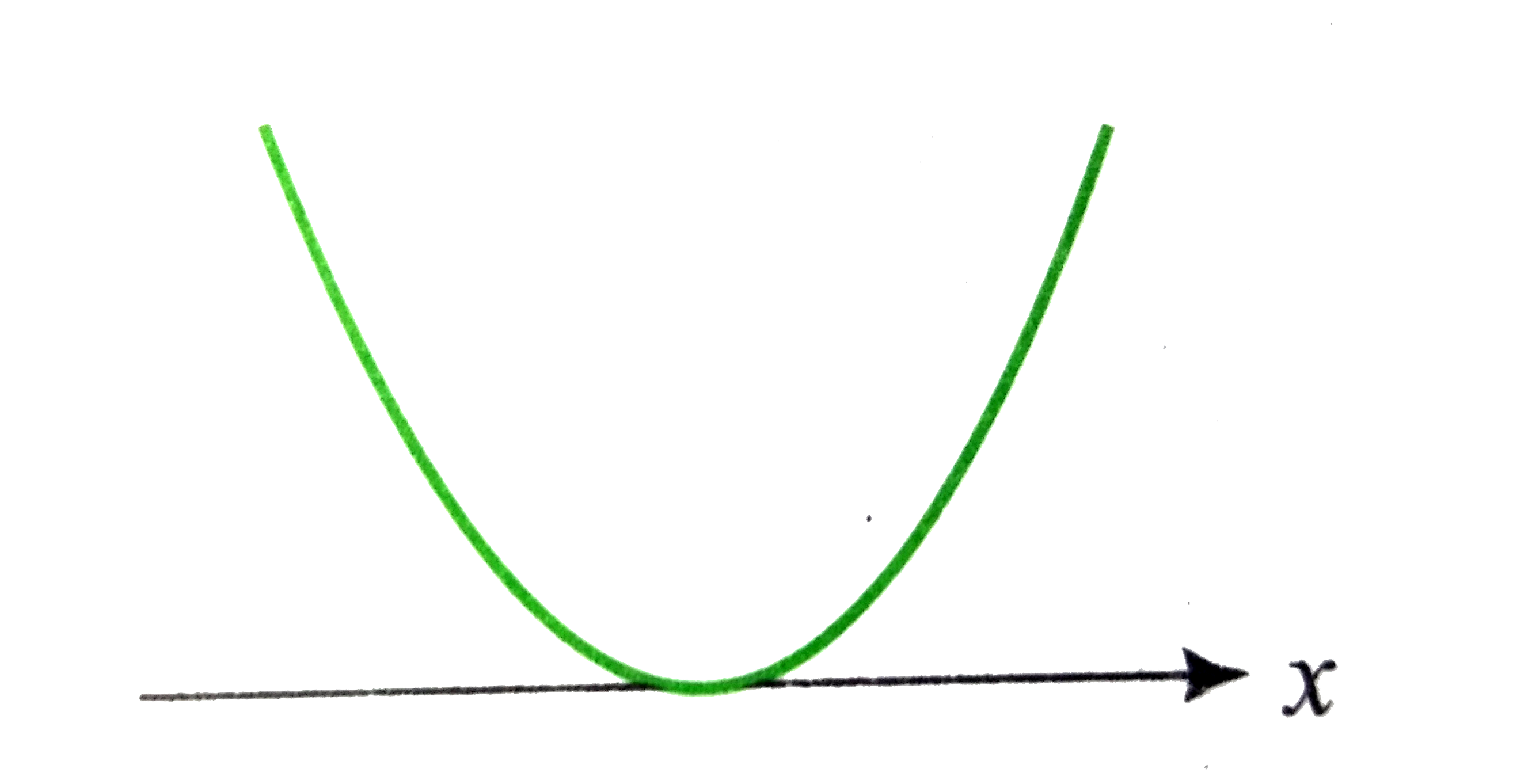 (iii) Both the roots are imaginary. So, `D lt`0 `rArr( m - 1)(m - 9) lt` 0 `rArrm in` ( 1, 9)  (iv) The roots are oppsite in sing . Hence, the product of root is negative. So, `m lt rArrm in (-infty, 0)` 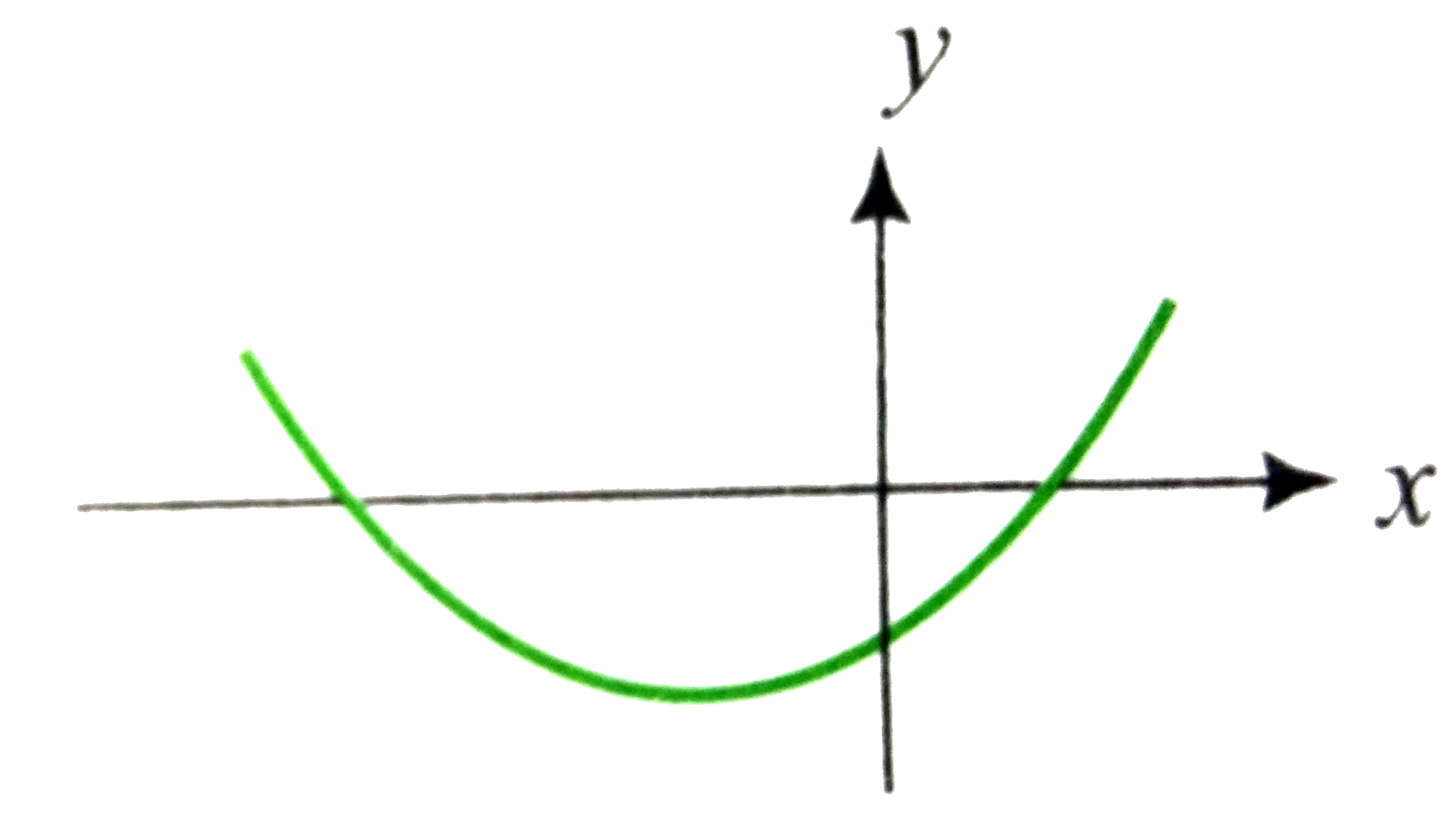 (v)Roots are equal in magnitude but opposite in sign . Hence, SUM of roots is zero as well asD`ge 0. ` So, m `in (-infty,1) cup (9, infty)` and`m - 3 = 0, i.e., m = 3` Hence, so such m exists. 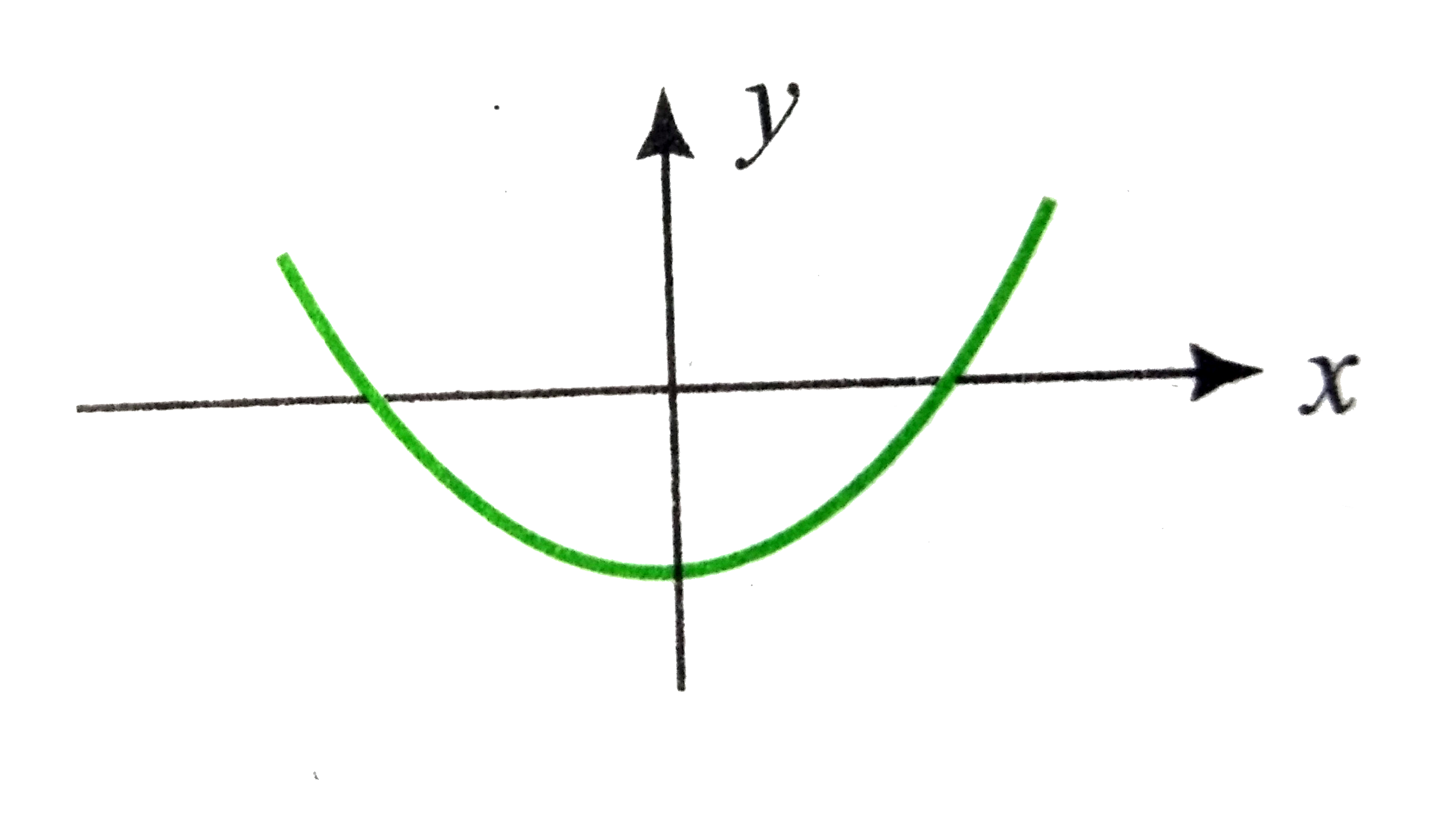 (vi) 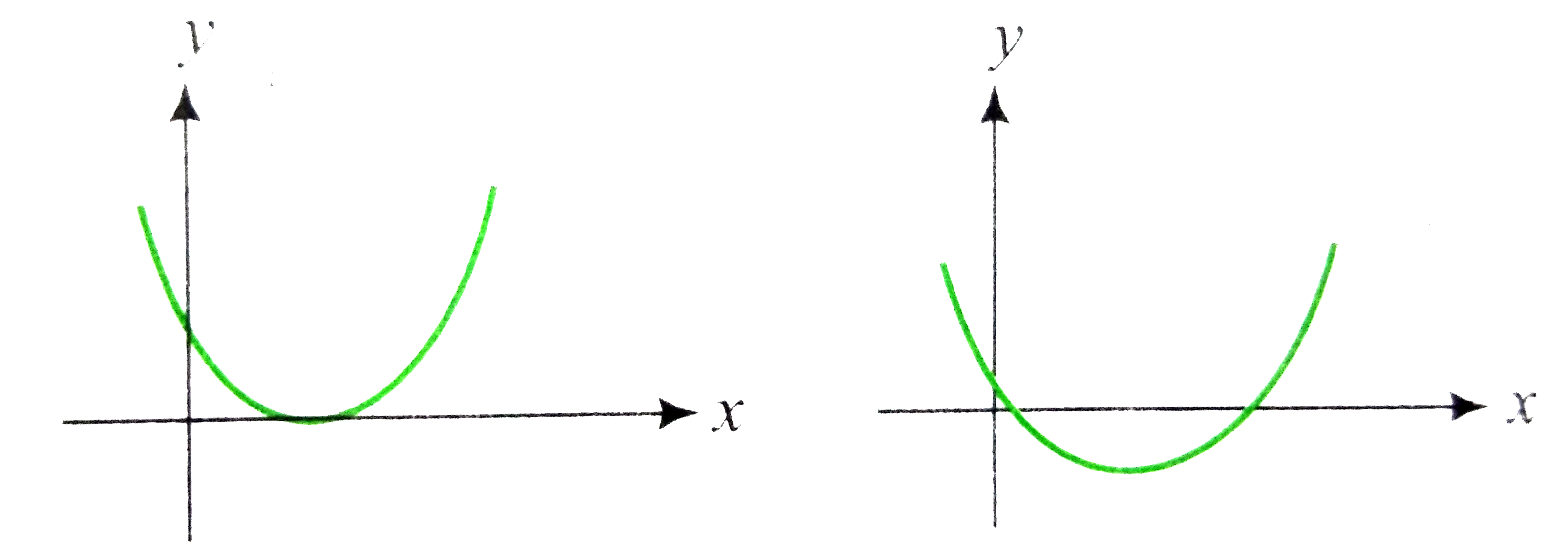 Both the roots are positive. Hence, `D lt ` 0, and both the sum and the product of roots are positive. So, m - 3`gt 0, m gt` 0and m `(-infty, 1] cup [9, infty)` m `in [ 9, infty)` (vii)  `<br> Both the roots are negative . Hence, D `ge` 0, and the sum is negative but the product is positive . So, <br> `m - 3 lt 0, m gt 0, m in (-infty, 1] cup [9, infty)`<br> `rArrm in` (0, 1] <br> (viii)<img src=) At least one root is positive . Hence, either one rootis positive or both roots are positive . So, m`in (-infty, 0) cup [9, infty)` (ix) 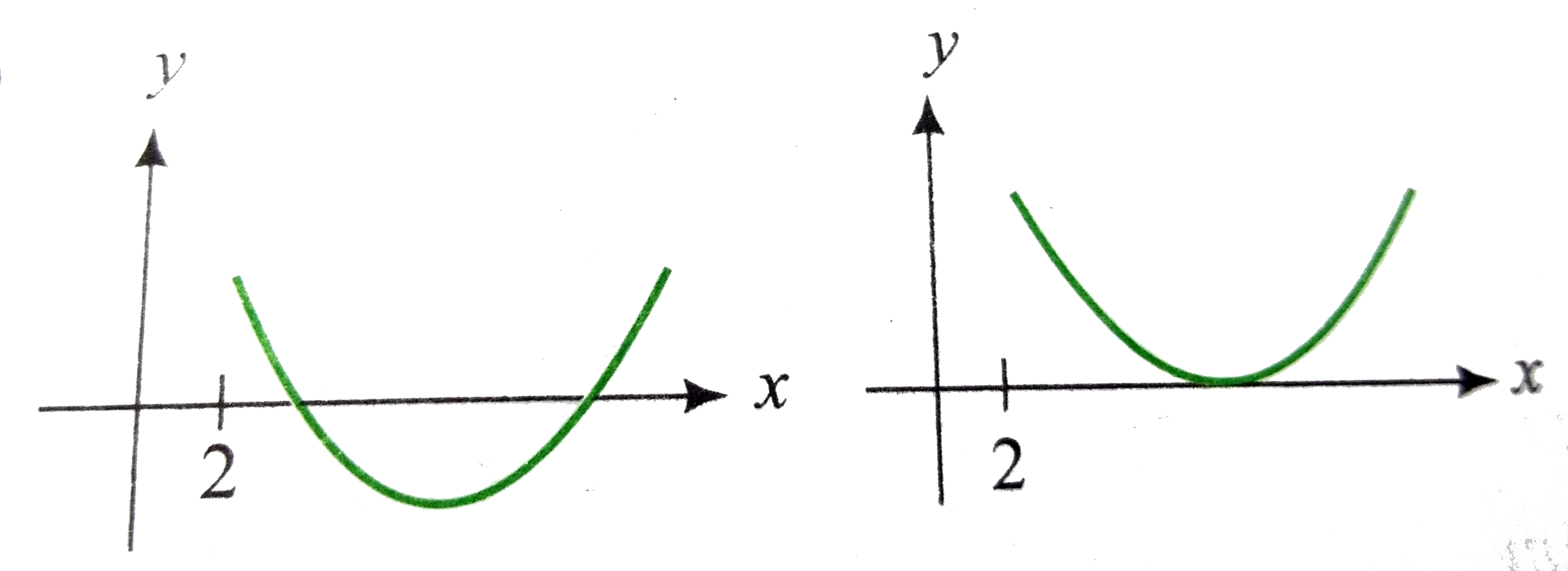 One root is smaller then 2 and the other root is greater than 2, i.e., 2 lies between the roots. So, `f(2) lt` 0 `rArr4 -2 (m - 3) + m lt` 0 `rArrm gt ` 10 (x)  Both the roots are greater then 2. So, `f(2) gt 0, D ge 0, - (b)/(2A) gt` 2 `rArrm lt` 10 and m `in ( - infty, 1] cup [9, infty)` and m - 3 `gt`4 `rArrm in` [ 9, 10) (xi)  Both the roots are smaller then 2. So, `f(2) gt 0, ge 0, - (b)/(2a) lt` 2 `rArrm in (-infty, 1]` Exactly one root lies in (1, 2) . So, `f(1) f(2) lt` 0 `rArr4(10 - m ) lt` 0 `rArrm in (10, infty)` (xiii) Both the roots lie in the interval (1, 2) . Then, D `ge 0 rArr(m - 1) (m - 9) ge` 0 `rArrm LE 1 or ge `9(1) Also `f(1) gt `0 and `f(2) gt 0 rArr10 lt ` m(2) and`1lt-(b)/(2a) lt 2 rArr 5 lt m lt 7`(3) Thus, no such m exists. (xvi)Cace I : Exactly one root lies in (1, 2 ). So, `f(1)f(2) lt 0 rArrm gt `10 Case II: Both the roots lie in (1, 2). S0, from (xiii), m `in phi`. Hence, m `in (10, infty`). For one root greater than 2 and the other root smaller than 1, `f(1)lt` 0 and `f(2) lt` 0 But `f(1) = 4. Thus, no such m exists. |
|